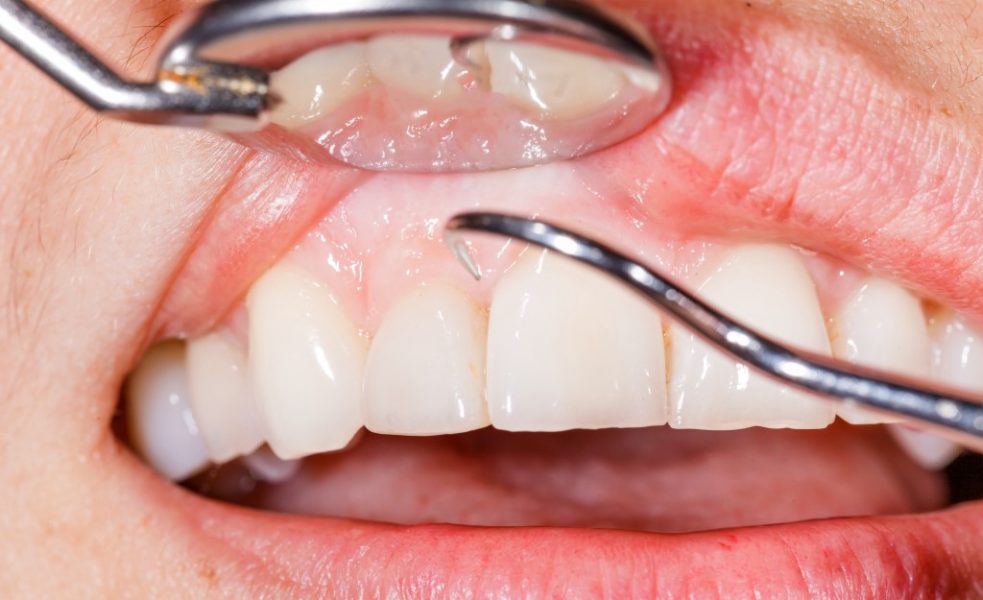When it comes to oral health, people rarely think about their gums. That is, until they notice their gums bleeding. Now, you probably will wonder why there’s blood on your toothpaste spit, but you still don’t think much of bleeding gums, because it doesn’t seem like a big deal. It may, after all, be just a booboo after some real hard toothbrushing.
Well, this could indeed be the case. But, most of the time, it’s more than the overzealous dental hygiene. It could be periodontal disease. If you continue ignoring your gum health, the disease will only get worse, until it’s not just bleeding gums you’re suffering, but tooth loss, oral infections, even cardiovascular diseases. These are the stages of periodontal disease:
Gingivitis
This is the first stage. This is when you will notice red, swollen gums, which are super sensitive. They’re painful when touched, like when you brush teeth. You may also suffer from bad breath and receding gum line. The good news about this kind of gum disease is, it’s reversible. When you seek treatment early on, the gums can be restored to their normal, healthy state.
Dentists usually perform professional cleaning in gingivitis cases. They remove all traces of plaque, tartar, and bacteria, which are the common culprits behind gum diseases. They may also recommend other procedures that would reduce the risk of having the problem yet again. For instance, those who have crooked teeth, who often struggle cleaning their pearly whites, are treated with orthodontics or dental braces.
Periodontitis
When gingivitis is left untreated, the problem can progress into periodontitis. This gum infection damages the soft tissue and the bone that supports the teeth. Similar to gingivitis, swollen red gums are a symptom in periodontitis. They’re also painful when touched and they bleed easily. What’s different now is that you’d see spaces forming in between teeth, as well as pus between teeth and gums.
Dentists measure those spaces to diagnose accurately the problem. In cases like this, scaling or the removal of plaque and tartar is also recommended. You may be asked to take oral antibiotics as well to help prevent further bacterial infection. There are topical meds as well in the form of gels or mouth rinses which would be given after the deep cleaning procedure.
Advanced Periodontitis

This is the stage when bacteria has already reached the deeper areas of the gums, causing bone and tissue loss. Patients often experience the uneasy feeling of loosened teeth. Eventually, it leads to tooth loss. In this case, you may be endorsed for surgeries replacing the missing pearly whites, like dental implants in Townsville clinics.
As for the gum infection itself, dentists often perform flap surgery or the pocket reduction operation. This involves cutting through the gums and “flapping” it so the insides can be cleaned thoroughly. Before placing the gum tissue back, doctors recontour the bone underneath to restore its health. In the case where the gum disease has damaged the bone around the tooth roots, bone grafting is performed.
Part of good oral health is taking care of your gums. Don’t ignore it in your hygiene routine. Don’t forget to visit your dentist every six months as well. The earlier you detect gum disease, the earlier you can stop it in its tracks.



